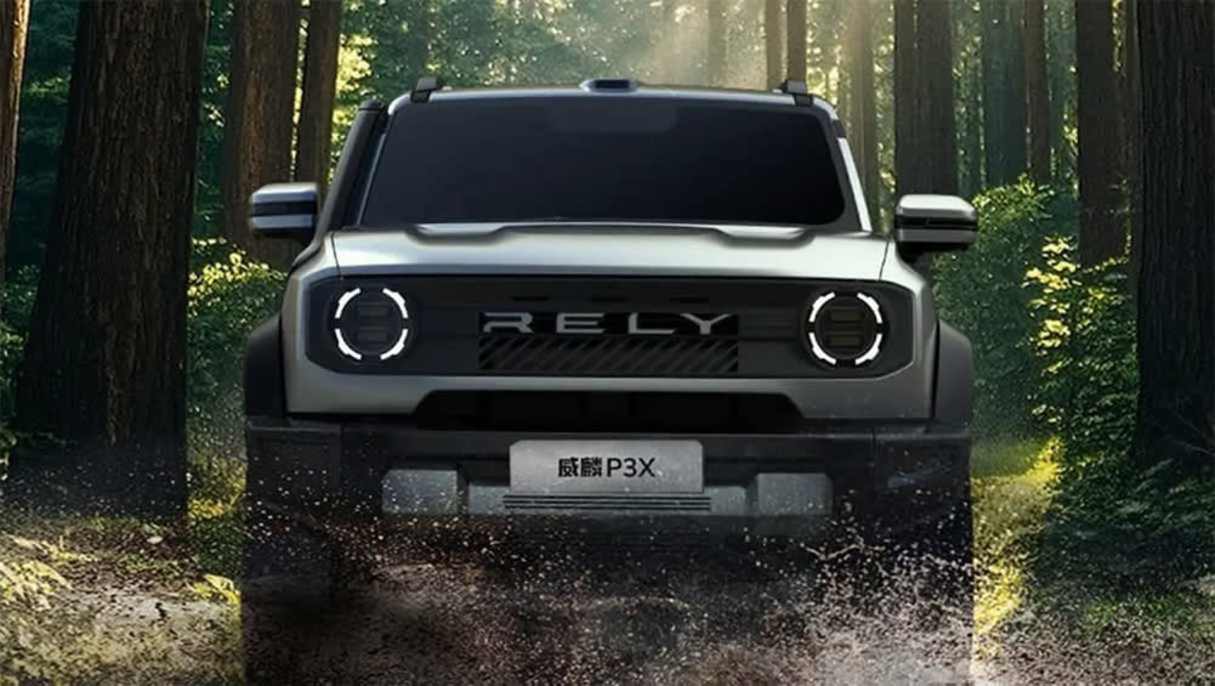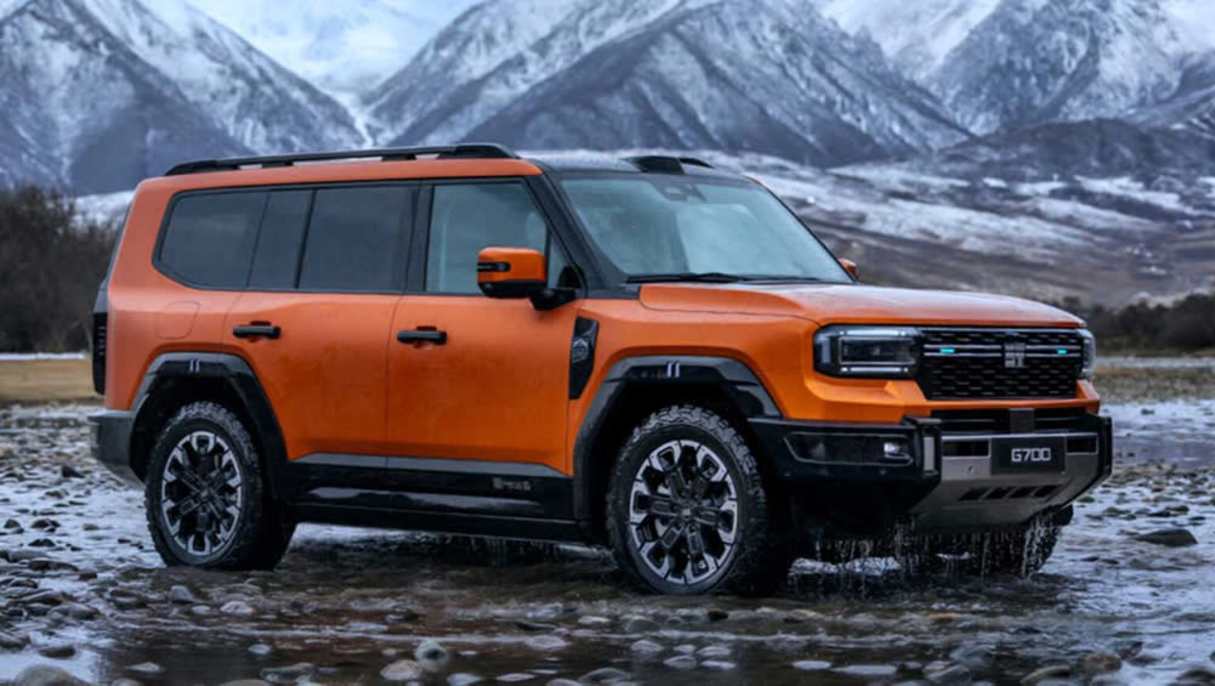It broke the ice, unveiling the first Chinese passenger car to hit the Aussie new car market when its city-sized J1 hatch arrived here in 2011.
And Chinese giant Chery, in collaboration with importer-distributor Ateco Group, followed on with the J11 small SUV and slightly larger J3 hatch within the next 12 months.
But despite bargain-basement pricing and a decent standard equipment list the Chery brand was increasingly crossed off new car buyers’ shopping lists.
A combination of performance and dynamic shortcomings, safety compliance issues, iffy crash test scores and the use of some dodgy materials in vehicle construction helped put the brand to the sword here by 2015.
But that was then, and in 2023 Chery reemerged in Australia as a factory subsidiary with the promise of fresh, contemporary product, engineered, specified and priced to challenge the established new car order.
Which is exactly what it has done.

Notwithstanding some early niggles with ADAS driver support systems on the launch Omoda 5 (now C5) model, successive introductions like the mid-size Tiggo 7 Pro and seven-seat Tiggo 8 Pro Max SUVs started to build sales momentum for the brand.
And then the small Tiggo 4 SUV lit the afterburners when it hit local showrooms late last year.
Already a well-established model in China, at launch the compact five-seater was positioned by Chery Motors Australia Chief Operating Officer Lucas Harris as “Australia’s best value SUV.”
A bold claim at the time. But it appears a substantial number of buyers at the budget end of the new car market agree with him.
Starting from $23,990, drive-away, the entry-level Urban grade features 17-inch alloy wheels, dual-zone climate control, a synthetic leather-trimmed steering wheel, dual 10.2-inch screen (instrument and multimedia), digital radio, wired & wireless Android Auto and Apple CarPlay, voice command, all LED exterior lights and more.
And in a case of ‘cop that Hyundai Venue, Mazda CX-3 and Toyota Yaris Cross', the relative newcomer has chalked up close to 12,000 sales year-to-date (end August).
That’s helped make Chery by far the biggest year-on-year improver in 2025 so far, with sales up a monster 230 per cent compared to the same period in 2024. Next best is BYD up 146 per cent.
In fact, Chery vaulted onto the Top 10 sales leaderboard for the month of August. Okay… it landed in tenth, but it's an impressive result.

And the brand isn’t a one-trick pony. While the C5 is down six per cent, the Tiggo 7 is up 72 per cent (3154 units vs 1831) and the Tiggo 8 is a lazy 211 per cent ahead of last year’s number (2066 units vs 665). *Although it's worth noting the Tiggo models launched part way into 2024.
And stand by for the Chery Rely PX3, a likely choice to support the brand’s commitment to bring a plug-in hybrid ute to Australia to compete against BYD’s Shark 6 in 2026.
Unveiled at this year’s Chengdu Motor Show the chunky dual cab pick-up is underpinned by a full ladder-frame chassis and powered by a 2.5-litre turbo-diesel engine and dual electric motors, which could put the wind up the Ford Ranger and Toyota HiLux, too.
Then the Chery new product pipeline is set to spit out the full-size G700 off-roader with the Toyota LandCruiser 300 Series in its sights.
Also a Chengdu debutante, the close to 5.2m long G700 (marketed as a Jetour in China) is a 4WD PHEV in this case powered by a 2.0-litre turbo-petrol engine matched with two electric motors making a combined 560kW/795Nm. It’s claimed to sprint from 0-100km/h in 4.6 seconds!
Stay tuned as the rise and rise of Chery continues.





.jpg)
.jpg)

.jpg)
_0.jpg)


.jpg)



.jpg)
.jpg)





.jpg)




